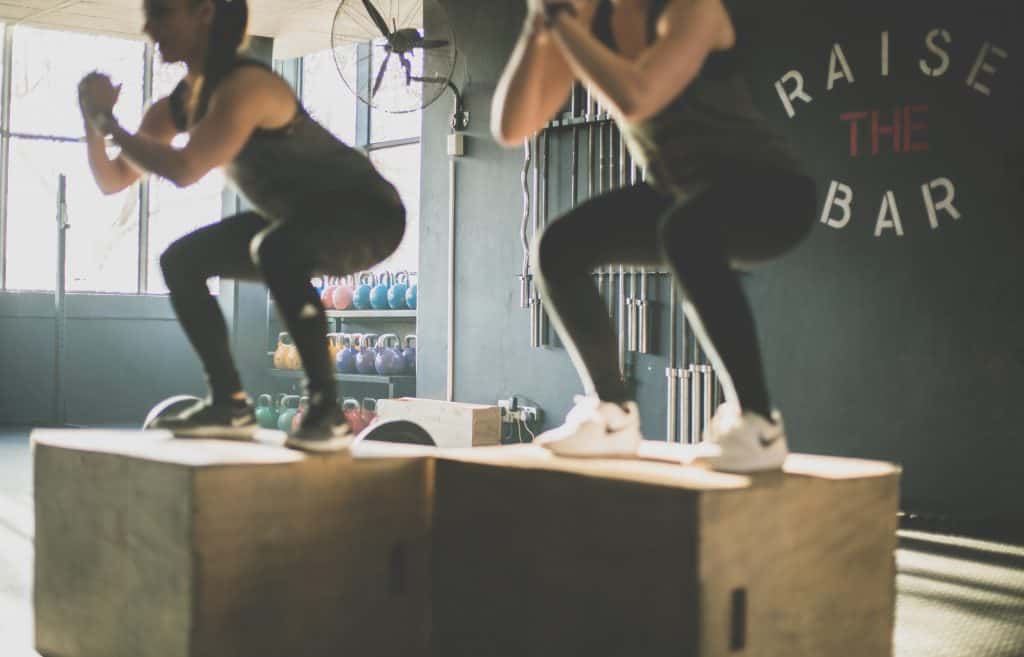Are panty liners a staple in your gym bag?

It’s a common misconception that pelvic floor issues like bladder leakage, pelvic pain or painful sex only affect pregnant and postpartum women.
Which is why it comes as a shock to many that pelvic floor dysfunction among young, nulliparous (who’ve never had children) elite athletes varies between 0% (golf) and 80% (trampolinists) . Urinary leakage and runner’s diarrhea are a well kept secret among the fitness community. In fact, Nygaard (1997) found that 35% of female Olympians had urinary leakage while competing at the Olympic Games.
When excessive demand is placed on the pelvic floor, as during high-intensity fitness & sport (high-velocity or repetitive downward force), it’s easy for problems to occur.
Studies show that female athletes and dancers often have weaker pelvic floor muscles and more stress incontinence and other pelvic floor symptoms compared to non-exercising women (Silva et al, 2013). Thyssen et al (2002) had similar findings and found most leakage occurred with activities involving jumping. Women who frequently use spinning or bicycling for fitness may experience pelvic pain or numbness and urinary dysfunction (Trofaier et al, 2016).
So what is a motivated female athlete to do?
Here are some that may help decrease your pelvic floor complaints:
1. Cross-train, especially to include major muscle groups besides those used in your preferred sport or workout.
2. Add stretching your hip, lower back and pelvis to your fitness routine.
3. Learn to engage your Pelvic Floor during high-impact movements. Proper pelvic floor coordination & engagement can improve your performance, and minimize leaking & pain, especially in runners & lifters.
4. Modify the activity -Studies show that simple modifications like a broader seat or having handlebars higher than the seat decreased pelvic floor symptoms in cyclists. Your Pelvic Floor Therapist will be able to analyze your activity and recommend modifications or adaptations.
5. Support garments are not a fix-all, but may give your pelvic floor some extra support to decrease your leaking and discomfort. Our clients get a special discount from CMT medical on recommended products.
6. For the love of everything holy – do not jump back into exercises after having a baby. Getting a Postpartum Pelvic Floor Assessment will save you from injury & embarrassment in the long & short term.
7. Know that there is help – Pelvic floor muscle training with a therapist has been shown to decrease pelvic dysfunction symptoms. Strengthening pelvic floor muscles and the use of preventive devices like vaginal tampons or pessaries can prevent leakage.
None of the information presented is intended to be medical advice. Pelvic Floor dysfunction usually requires assessment by your medical care provider and a pelvic floor therapist for resolution.







